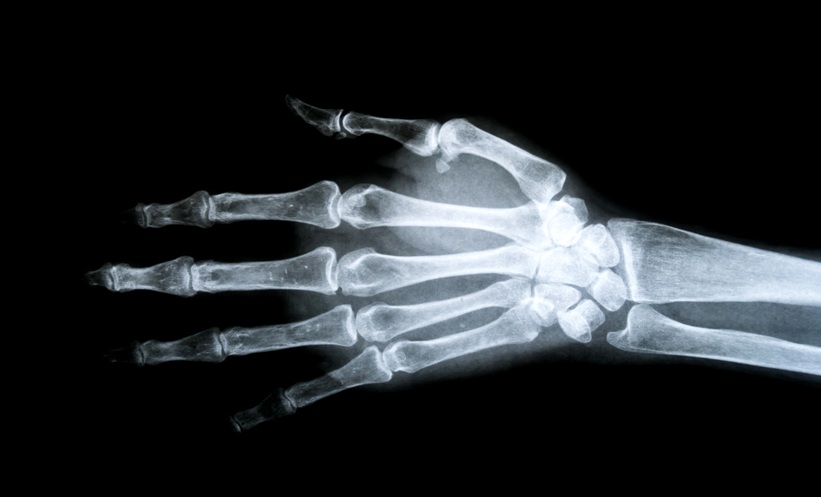Abstract
Osteoporosis is one of the leading causes of handicap worldwide and a major contributor to the global burden of diseases. In particular, osteoporosis is associated with excess mortality. We reviewed the impact of osteoporosis on mortality in a population by defining three categories: mortality following hip fractures, mortality following other sites of fractures, and mortality associated with low bone mineral density (BMD). Hip fractures, as well as other fractures at major sites are all associated with excess mortality, except at the forearm site. This excess mortality is higher during the first 3-6 months after the fracture and then declines over time, but remains higher than the mortality of the normal population up to 22 years after the fracture. Low BMD is also associated with high mortality, with hazard ratios of around 1.3 for every decrease in 1 standard deviation of bone density at 5 years, independently of fractures, reflecting a more fragile population. Finally predictors of mortality were identified and categorised in demographic known factors (age and male gender) and in factors reflecting a poor general health status such as the number of comorbidities, low mental status, or level of social dependence. Our results indicate that the management of a patient with osteoporosis should include a multivariate approach that could be based on predictive models in the future.
Please view the full content in the pdf above.








